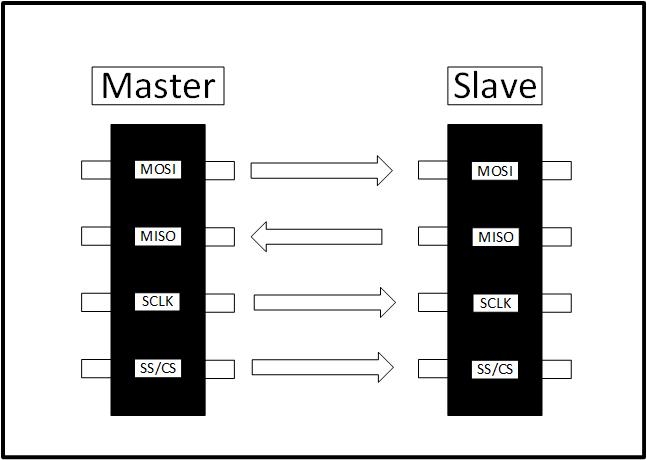Understanding SPI Protocol: Operation and Applications
In the realm of embedded systems and electronics, communication protocols play a pivotal role in facilitating data exchange between various components. One such protocol, Serial Peripheral Interface (SPI), stands out for its simplicity, versatility, and efficiency. In this comprehensive guide, we delve into the inner workings of SPI protocol, exploring its operation, applications, and key features.

What is SPI Protocol?
SPI, short for Serial Peripheral Interface, is a synchronous serial communication protocol developed by Motorola in the 1980s. It enables bidirectional communication between a master device and one or more slave devices over short distances. SPI is widely used in embedded systems, integrated circuits, sensors, memory devices, and other peripherals due to its simplicity and high data transfer rates.
How SPI Works?
At its core, SPI operates on a master-slave architecture, where a master device initiates and controls communication with one or more slave devices. The communication typically involves four signal lines:
- Serial Clock (SCK): This line carries clock pulses generated by the master device, synchronizing data transmission between the master and slave devices.
- Master Out Slave In (MOSI): Also known as the Serial Data Out (SDO) or Serial Output (SO) line, MOSI carries data from the master to the slave device(s).
- Master In Slave Out (MISO): Conversely, MISO (or Serial Data In – SDI) line carries data from the slave device(s) to the master.
- Slave Select (SS): Also referred to as Chip Select (CS), this line is used by the master to select a specific slave device for communication. Each slave device typically has its SS line.
The communication sequence in SPI protocol involves the following steps:
- Master Initialization: The master device initiates communication by activating the SS line corresponding to the target slave device.
- Clock Synchronization: The master generates clock pulses on the SCK line, defining the timing for data transfer. The clock signal is typically configured with a specified frequency and phase.
- Data Transmission: During each clock cycle, both the master and slave devices exchange data bits simultaneously. The master transmits data on the MOSI line while receiving data on the MISO line from the selected slave device.
- Slave Selection: After data transmission, the master deactivates the SS line, indicating the end of communication with the current slave device.
- Repeat Process: The master can then select another slave device by activating its corresponding SS line and repeat the data exchange process.
Key Features of SPI Protocol:
- Full Duplex Communication: SPI supports simultaneous data transmission and reception, allowing for full-duplex communication between the master and slave devices.
- Simple Protocol: With only four signal lines and straightforward communication sequence, SPI offers simplicity in hardware design and implementation.
- High-Speed Data Transfer: SPI can achieve high data transfer rates compared to other serial communication protocols, making it suitable for applications requiring rapid data exchange.
- Configurable Parameters: Parameters such as clock frequency, clock polarity, and clock phase can be configured to adapt SPI communication to specific system requirements.
Applications of SPI Protocol:
SPI protocol finds extensive usage across various industries and applications, including:
- Embedded Systems: SPI is commonly used in microcontroller-based systems for interfacing with sensors, displays, memory devices, and other peripherals.
- Communication Interfaces: Many communication interfaces, such as Ethernet controllers, Wi-Fi modules, and Bluetooth modules, utilize SPI for communication with the host microcontroller.
- Data Storage: SPI is employed in flash memory chips, EEPROMs, and SD cards for storing and retrieving data in embedded systems.
- Industrial Automation: SPI is utilized in industrial automation systems for interfacing with sensors, actuators, and control modules.
Conclusion:
In summary, SPI protocol serves as a robust and efficient means of serial communication in embedded systems and electronic devices. Its simple architecture, high-speed data transfer, and versatility make it a preferred choice for a wide range of applications. By understanding the fundamental principles of SPI protocol and its operation, developers can effectively leverage its capabilities to design and implement advanced electronic systems with seamless communication capabilities.
